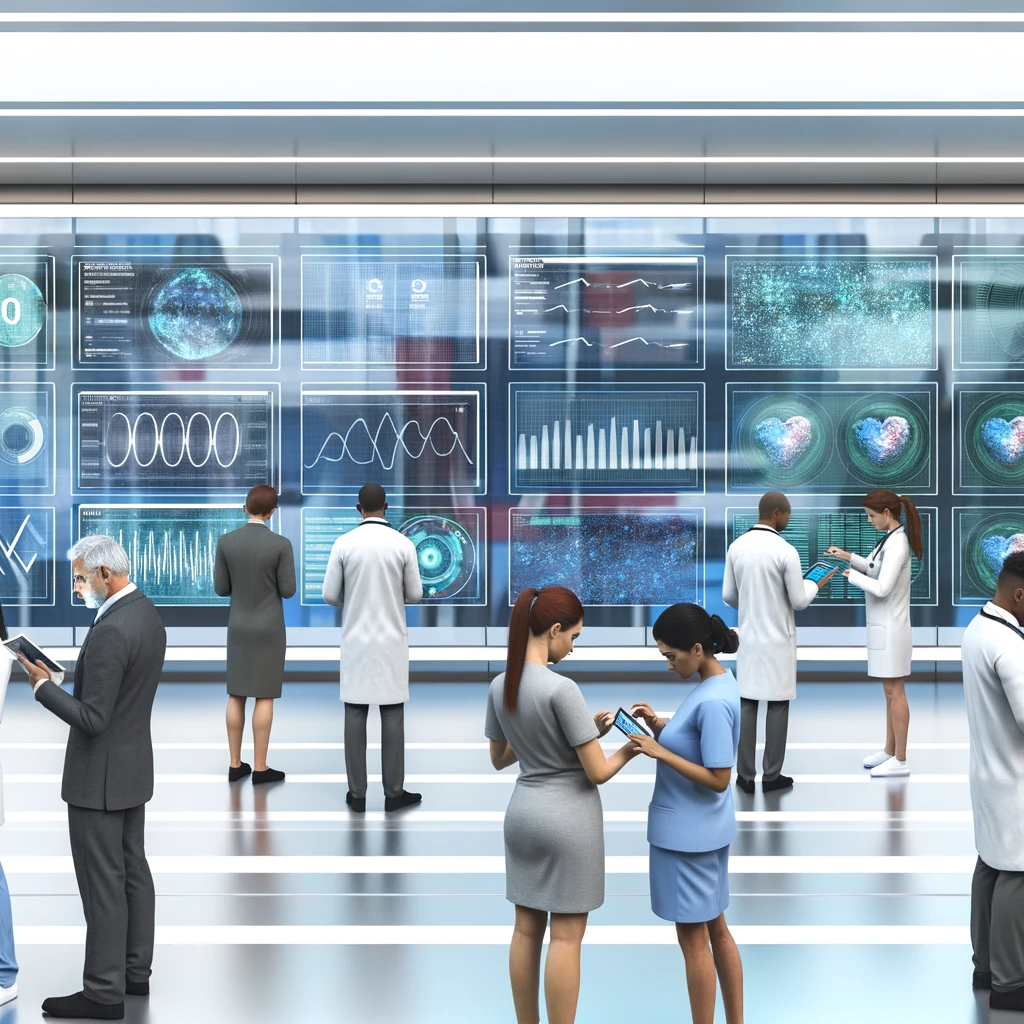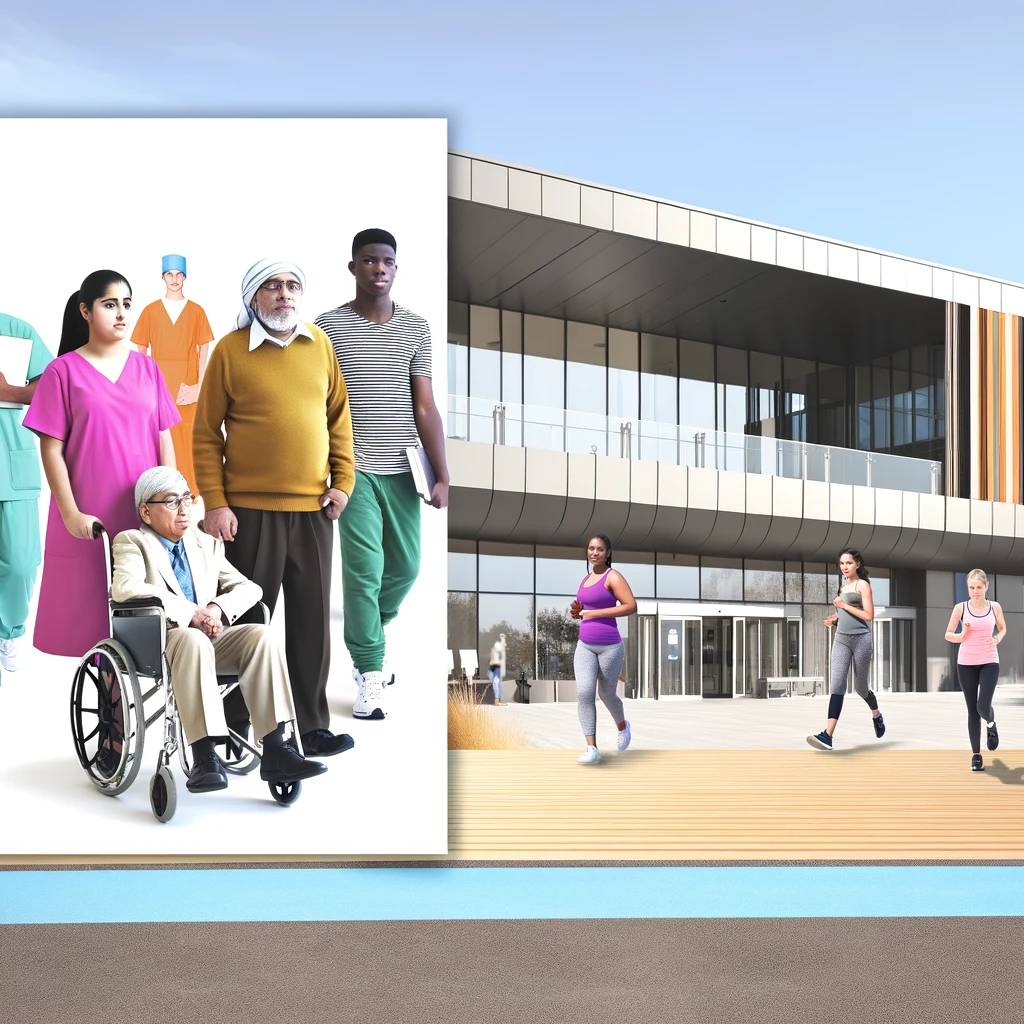
Emergency Preparedness: Designing Hospitals for Resilience and Rapid Response
In the face of natural disasters, pandemics, and unforeseen emergencies, hospitals must be designed not just as centers for healing but as fortresses of resilience and rapid response. Effective hospital design can save lives, enhance operational efficiency, and provide a safe environment for both patients and healthcare workers.
Understanding the Importance of Hospital Resilience
Hospital resilience refers to the ability of a healthcare facility to continue operating and providing essential services during and after an emergency. This concept has gained significant attention due to recent global events, highlighting the need for robust infrastructure that can withstand a variety of challenges.
Key Elements of Hospital Resilience
There are several critical components to consider when designing hospitals for resilience:
- Structural Integrity: Buildings must be designed to withstand natural disasters such as earthquakes, floods, and hurricanes.
- Redundant Systems: Backup power supplies, water reserves, and communication systems are essential to maintain operations during outages.
- Emergency Preparedness Plans: Comprehensive plans should be in place to address various scenarios, ensuring staff are trained and ready to act.
Designing for Rapid Response
Rapid response capability in hospitals is crucial for handling surges in patient numbers during emergencies. This requires specific design strategies:
Flexible Spaces
Designing flexible spaces that can be quickly adapted for different uses is essential. For example, conference rooms can be converted into patient care areas during a crisis. Movable walls and modular furniture can facilitate these changes.
Efficient Layouts
The layout of a hospital should minimize the time it takes for staff to reach patients. This involves strategic placement of critical care units, emergency departments, and supply areas. Clear signage and wayfinding are also important to guide patients and staff swiftly through the facility.
Technology Integration
Incorporating advanced technology is vital for enhancing rapid response. This includes telemedicine capabilities, electronic health records (EHR) systems for quick patient information access, and automated inventory management for supplies.
Case Studies: Successful Hospital Designs
Several hospitals around the world have been successful in implementing these design strategies:
- Massachusetts General Hospital: Known for its comprehensive emergency preparedness plans and robust infrastructure, this hospital has set a benchmark in disaster resilience.
- Singapore General Hospital: With its flexible spaces and integrated technology systems, this hospital can quickly adapt to emergencies, ensuring rapid care delivery.
Challenges and Considerations
Designing hospitals for resilience and rapid response is not without challenges. Budget constraints, regulatory requirements, and the need for ongoing maintenance can all impact the implementation of these strategies. However, the benefits far outweigh the costs, leading to long-term savings and improved patient outcomes.
Conclusion
The future of healthcare demands a proactive approach to emergency preparedness. By focusing on hospital design that enhances resilience and rapid response, we can ensure that healthcare facilities are equipped to handle whatever challenges may come their way, ultimately safeguarding communities and saving lives.
Related Articles





